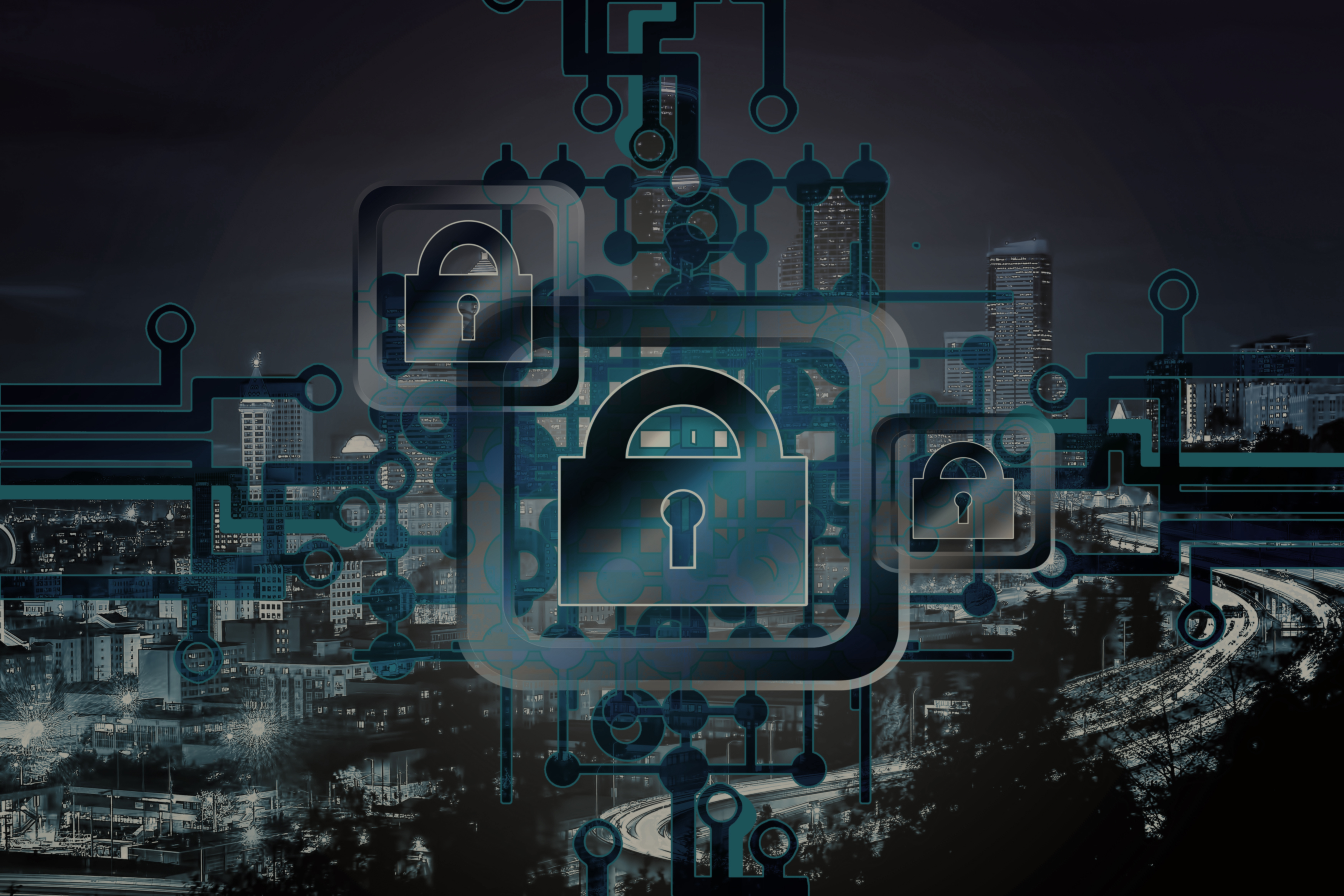The goal of the 2013 – 2016 NSF “Bridging the Cybersecurity Leadership Gap: Assessment, Competencies and Capacity Building” project is to help address the cybersecurity leadership gap developing Chief Information Security Officer (CISO) core competencies.








